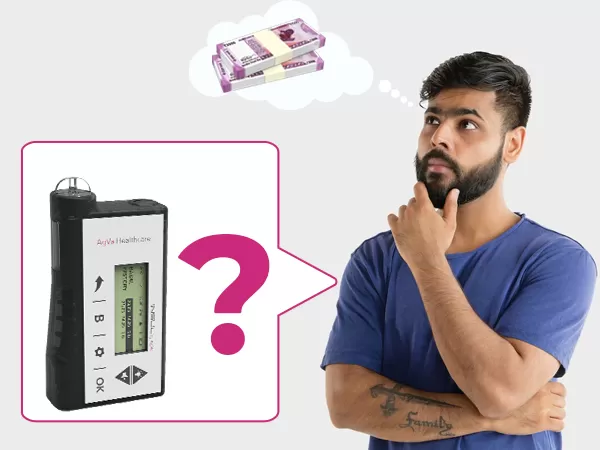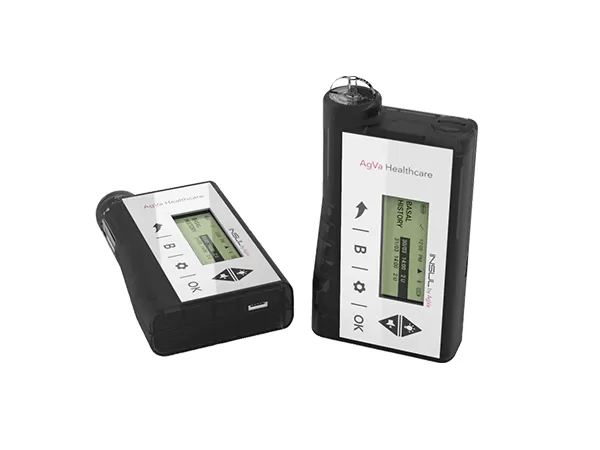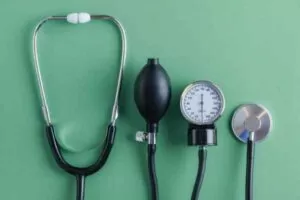Insulin Pump Prices in India: Is it Cost Effective?
Insulin Pump Prices in India 2022
What are the Insulin Pump Prices in India?As the world warms, people all over the globe are struggling with the dangerous health condition of Diabetes. Diabetes happens due to an abnormal increase in blood sugar levels that is not in control with diet and exercise alone.

In India, one of the most common forms of diabetes is known as Type-2 DM or adult-onset diabetes mellitus.This chronic disease affects about 285 million Indians. It causes serious complications such as blindness, kidney failure,heart attack, and stroke.
To combat this public health menace, there has been a rise in insulin pump prices across different parts of India. This chronic disease affects about 285 million Indians. It causes serious complications such as blindness, kidney failure,heart attack, and stroke.
To combat this public health menace, there has been a rise in insulin pump prices across different parts of India. The insulin hormone is responsible for controlling all the blood sugar levels. When the body doesn’t have enough insulin, sugar builds up in the blood and can lead to diabetes. Insulin is available in pills and injections.
The price of insulin in India differs from country to country. In some countries, such as the United States, the cost of insulin is very high. However, the insulin pump price in India is much higher than the price in other countries.
The reason for this is that the cost of insulin in India is related to the cost of importing the product. The price of insulin in India will continue to increase in the future. This is due to several factors, including the cost of importing materials, the cost of labor, and the price of raw materials.
The Future of Diabetes Management is Here!
Introducing the Next-Generation Insulin Pump: Revolutionizing Diabetes Care in India.
Do you know that INSUL by AgVa (Insulin Pump) is the world’s most advanced and affordable Insulin pump?
Insulin pump therapy is an effective and convenient way to administer insulin. A recent study found that the cost-effectiveness of using insulin pumps for treating type 1 diabetes was positive and may be worth extending beyond those currently using them.
Insulin pump therapy, also known as insulin infusion therapy, is a method of treating diabetes with regular, steady doses of insulin. It is a type of pump therapy that uses a small, electric pump that you can insert under the skin on the stomach or upper arm to deliver insulin directly to the bloodstream.
How insulin pump therapy works is that the pump continuously infuses a set amount of insulin into the patient’s bloodstream. This insulin depends on how active the patient’s blood sugar is.
This method of therapy is more consistent and accurate than the traditional methods of injection and pricking with insulin pens.
Most people believe that insulin pump therapy is also a more cost-effective way to treat diabetes. One of the main issues with traditional methods of diabetes treatment is that they are not always effective or affordable.
Insulin pump therapy can be very cost-effective because it is not dependent on multiple injections or tests that must be performed to check blood sugar levels.
Also, the amount of insulin that a patient might need for insulin pump therapy is relatively small, which means that it does not require as much of the drug as traditional methods.
There are a few benefits to insulin pump therapy that make it a more cost-effective way to treat diabetes. One of the main benefits is that insulin pump therapy is more consistent and accurate than traditional methods. This means that it is more likely to result in satisfactory blood sugar levels.
Read more: Best Insulin Pump In India for Diabetes, 2024
Insulin Pump Therapy: Managing Diabetes with this easy-to-use tool
Diabetes is a chronic condition that has become increasingly common in recent years. Diabetes mellitus, also known as diabetes, is an autoimmune disease in which the body destroys its insulin-producing cells.
This leads to high blood sugar levels (hyperglycemia), which can damage many parts of the body. The most common form of diabetes is type 2, but there are other forms too.
There are various methods to manage this disease. Some of these methods include oral medications, diet, and injections. However, one of the most effective methods of managing diabetes is through the utilization of insulin pumps.
Insulin pumps are medical devices that people use if they are suffering from diabetes. You can wear an Insulin pump anywhere on your body. They mimic the action of the pancreas and help to control blood sugar levels.
Insulin pumps can provide large amounts of insulin in a short period, which is important in managing diabetes. Proper use of an insulin pump is essential in the successful management of diabetes.
It is important to understand how the insulin pump works, as well as how to properly use it. It is also important to be aware of the possible side effects of insulin pumps, as well as the precautions that need to be taken when using them.
Effective management of diabetes requires an understanding of insulin pumps as well as a willingness to take the necessary precautions. If you are looking to manage your diabetes effectively, an insulin pump may be the best option for you.
Insulin Pump Price: Is it affordable?

Insulin pumps are a life-saving and expensive medical device. To provide insulin pump users with accurate information, we sought to answer the question of whether or not insulin pump prices in India are cost-effective.
After conducting extensive research, we found that an insulin pump can be extremely cost-effective for certain patients who require high doses of insulin regularly.
The price of insulin pumps in India has been steadily on the increase. Especially INSUL by AgVa is super affordable. You can buy it for only 24,999 Indian rupees.
Other popular insulin pumps are Medtronic MiniMed 630G System, Medtronic MiniMed 770G System, Omnipod Dash, and t: slim X2.
This raises important questions about the effectiveness of the insulin pump price in India and whether it is cost-effective to use this device. The prices of these devices have been rising over the years in India.
A three-month supply of insulin pumps can cost as much as Rs. 60,000. This amount is more than double the price of a three-month supply of insulin in 2012.
This increase in the price of insulin pumps has been accompanied by an increase in the number of people using insulin pumps. In 2013, there were more people using insulin pumps than in 2012.
This trend seems to be continuing in 2014, with the number of insulin pump users reaching a record level of 1.38 million. There are several reasons for this increase in the use of insulin pumps. One reason is that the price of insulin pumps has been kept high, even as the cost of other medical devices has decreased.
The second reason is that people with diabetes are now aware of the importance of using insulin pumps. People who do not have diabetes or do not use insulin pumps do not understand the importance of this device.
Also read: Insulin Pumps India vs Foreign Pumps
Final Takeaway
A question that arises is whether it is cost-effective to use insulin pumps in India. This is a difficult question to answer, as it depends on several factors, including the cost of insulin and the price of batteries.
It is difficult to say whether insulin pumps are worth the money, as the cost of these devices might be higher than the cost of other treatments for diabetes.
Overall, it seems that the price of insulin pumps in India is increasing, even as the number of people using them increases. This trend is likely to continue, as the price of insulin pumps is kept high.
The price of insulin pumps in India has been on the rise, and this trend seems to be continuing. This raises important questions about the effectiveness of the insulin pump price in India.
It also raises the concern of whether it is cost-effective to use this device. It is difficult to say whether insulin pumps are worth the money. This is because the cost of these devices might be higher than the cost of other treatments for diabetes.








